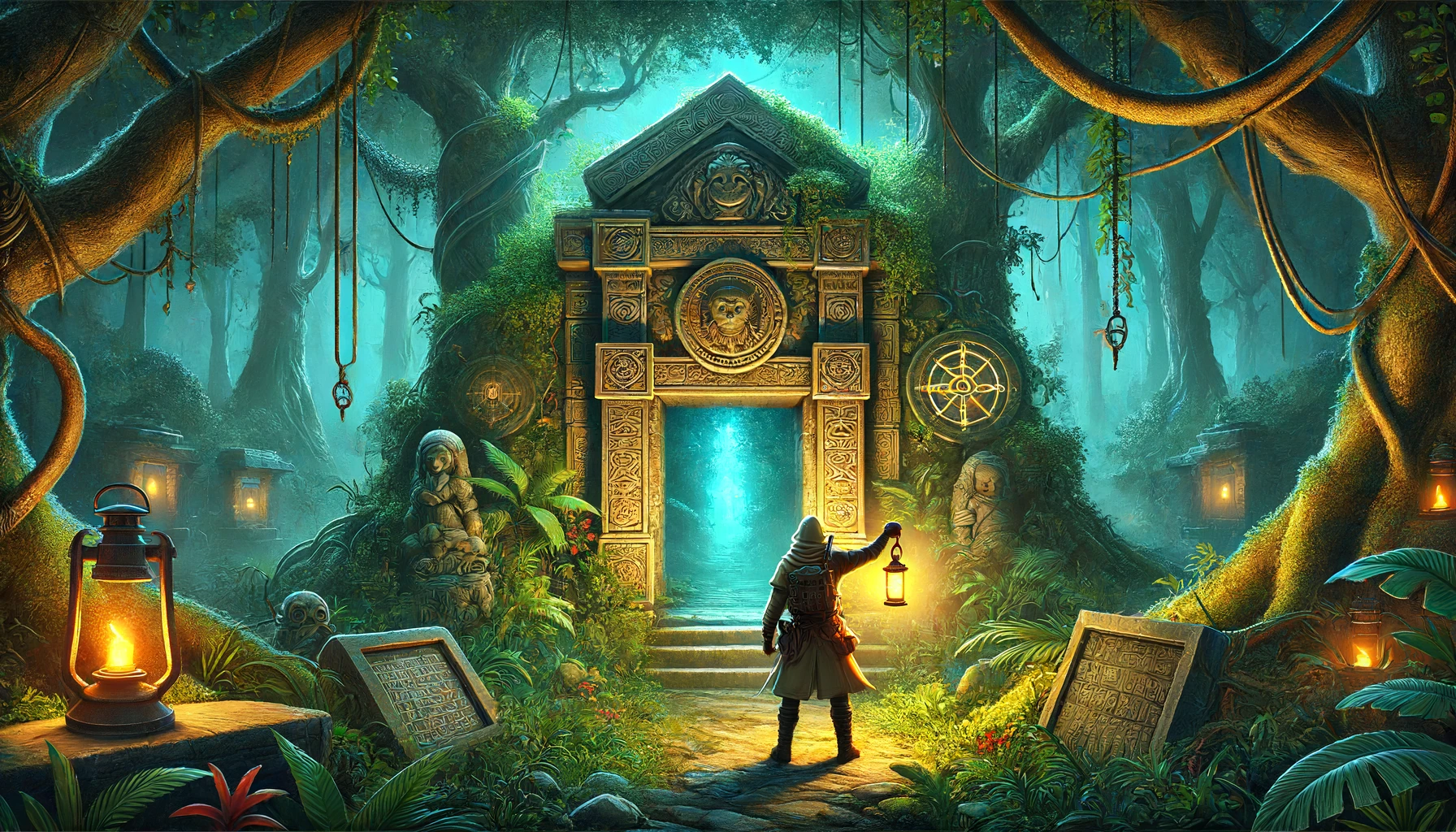Welcome to the enchanting world of point-and-click adventure games, where every click unravels a new mystery, and each puzzle solved brings you closer to an intriguing storyline. This genre has captivated players for decades, blending narrative depth with engaging gameplay. Today, we’ll dive deep into the essence of these games, exploring their history, mechanics, and some of the most iconic titles that have defined the genre.
A Brief History of Point-and-Click Adventure Games
The journey of point-and-click adventure games began in the early 1980s with the advent of personal computers. The genre gained immense popularity with the release of classics like Myst, Monkey Island, and King’s Quest. These games were pioneering, offering rich stories and complex puzzles that required players to use logic and creativity.
The Golden Age
The late 80s and early 90s are often referred to as the golden age of point-and-click adventure games. During this period, game developers like LucasArts and Sierra On-Line produced numerous groundbreaking titles. Games such as The Secret of Monkey Island and Gabriel Knight: Sins of the Fathers set new standards for storytelling and puzzle design.
Fundamental Mechanics of Point-and-Click Adventure Games
Point-and-click adventure games are defined by their unique mechanics, which differentiate them from other game genres. Here are some of the critical elements:
- Exploration: Players navigate through detailed environments by clicking on areas of interest. This exploration is crucial for uncovering clues and advancing the story.
- Inventory Management: Items collected throughout the game are stored in an inventory. These items can be examined, combined, or used to solve puzzles.
- Puzzle Solving: Puzzles are the heart of point-and-click adventure games. They can range from simple tasks to complex riddles that require keen observation and critical thinking.
- Dialogue Trees: Interacting with other characters through dialogue choices can reveal necessary information and influence the storyline.
Iconic Titles and Their Impact
Several games have left an indelible mark on the point-and-click adventure genre. Let’s explore a few of these iconic titles:
The Secret of Monkey Island
Released in 1990 by LucasArts, The Secret of Monkey Island is renowned for its witty humor, clever puzzles, and engaging pirate-themed story. The game introduced the SCUMM (Script Creation Utility for Maniac Mansion) engine, which became a staple for many subsequent LucasArts titles.
Myst
Myst, developed by Cyan Worlds and released in 1993, revolutionized the genre with its stunning graphics and immersive atmosphere. The game’s emphasis on exploration and environmental storytelling set a new benchmark for adventure games.
Grim Fandango
Another LucasArts masterpiece, Grim Fandango, released in 1998, is celebrated for its unique art style, blending film noir with Mexican folklore. The game’s narrative depth and memorable characters made it a critical and commercial success.
The Evolution of Point-and-Click Adventure Games
The genre has evolved significantly over the years, adapting to new technologies and player preferences. Here’s a look at some of the significant changes:
Transition to 3D
With the advancement of graphics technology, many point-and-click games transitioned from 2D to 3D environments. This shift allowed for more dynamic and visually appealing worlds, enhancing the immersive experience.
Integration of Modern Mechanics
Modern point-and-click adventure games often incorporate elements from other genres, such as action and role-playing games. This blend of mechanics provides a fresh take on traditional gameplay while maintaining the core elements of exploration and puzzle-solving.
Indie Game Renaissance
In recent years, indie developers have played a crucial role in revitalizing the point-and-click genre. Titles like Thimbleweed Park and Oxenfree have garnered critical acclaim for their innovative approaches and nostalgic charm.
Tips for Enjoying Point-and-Click Adventure Games
Whether you’re a seasoned player or new to the genre, here are some tips to enhance your experience:
- Pay Attention to Detail: Examine everything in the environment. Often, the most minor details can provide crucial clues for solving puzzles.
- Take Notes: Keeping a notepad handy can help you track important information and piece together the story.
- Be Patient: Some puzzles can be challenging and may require time to solve. Don’t be afraid to take breaks and come back with a fresh perspective.
- Explore Dialogue Options: Talking to every character and exploring all dialogue options can reveal hidden clues and enrich the narrative.
The Future of Point-and-Click Adventure Games
The future of point-and-click adventure games looks promising, with advancements in technology opening new possibilities for immersive storytelling and gameplay. Virtual reality (VR) and augmented reality (AR) are poised to offer even more interactive and engaging experiences.
Embracing New Technologies
VR and AR have the potential to transform how players interact with point-and-click adventure games. Imagine physically exploring a virtual environment, picking up objects, and solving puzzles with your own hands. This level of immersion could redefine the genre and attract a new generation of players.
Conclusion
Point-and-click adventure games offer a unique blend of storytelling, puzzle-solving, and exploration that continues to captivate players. From their humble beginnings to their modern-day resurgence, these games have proven their timeless appeal. Whether you’re diving into a classic title or exploring a new release, the magic of point-and-click adventure games lies in the journey and the discoveries made along the way.






